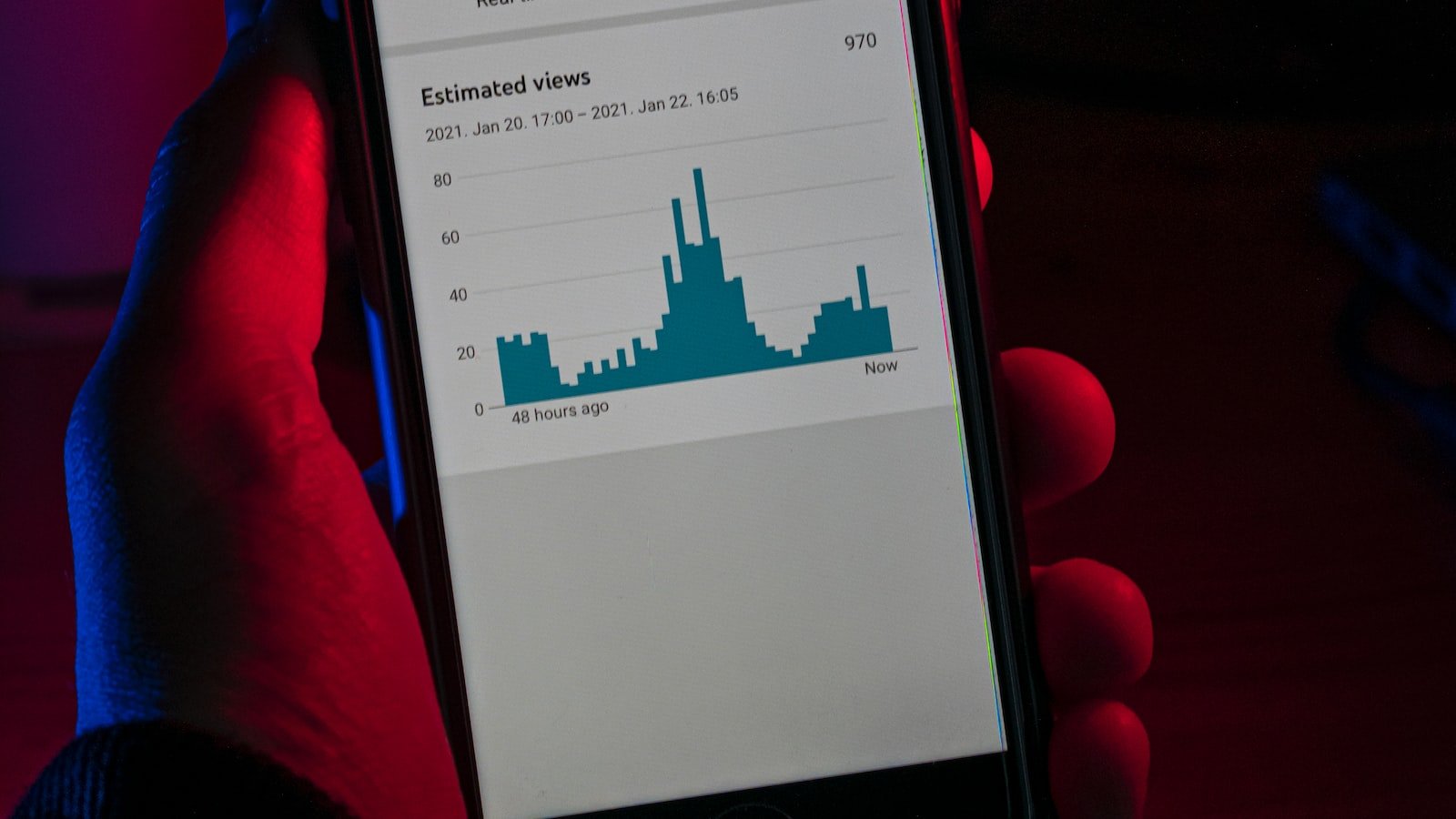Global ATM Industry Market: Overview & Analysis
As the sphere of banking technology grows ever more expansive, the Automated Teller Machine (ATM) industry’s global market forex has become an increasingly intriguing topic of discussion. The demand for innovative cash-dispensing tools and banking options has created an environment in which the ATM industry plays an increasingly important role in financial sector advancements. In this article, we take a closer look at how the global market for ATMs has developed and the future of this industry.
Overview of the Global ATM Market
The ATM industry plays a crucial role in modern economies, serving as both a provider of secure financial services and a source of revenue-generating fee income for banks and other financial providers. In 2019, the global ATM market size reached USD 22.80 billion and is projected to grow at a compound annual growth rate (CAGR) of 4.0% from 2023 to 2030. This can be attributed to the advances in technology that have made ATMs more secure, reliable, and easy-to-use, as well as convenience features such as cardless ATM transactions, which have become increasingly popular with consumers. The proliferation of ATMs has also been enhanced by government initiatives such as the increasing availability of mobile banking apps and other digital banking channels.
Market Dynamics of the Global ATM Market
The growing demand for cash-on-the-go among consumers has fueled the growth of the global ATM market. The proliferation of contactless technologies, such as Near Field Communication has also supported the growth of the market, as consumers have become increasingly comfortable and confident with contactless payments. The growing trend towards digital banking and the convenience of mobile banking apps, which enable customers to access their accounts and transfer funds via their smartphones is also driving market growth. In addition, the increasing adoption of automated teller machines (ATMs) in rural areas to provide convenient access to financial services is expected to support the growth of the market in the near future.
Regional Analysis of the Global ATM Market
The Asia Pacific region is one of the most lucrative regions for the global ATM market. This can be attributed to factors such as the increasing adoption of ATMs by financial institutions, particularly banks, in countries such as India, Japan, and China. The increasing demand for cash management and the growing need for personalized consumer banking solutions has further supported the growth of the market in the region. North America and Europe are the other major markets for ATMs, driven by the widespread acceptance of cashless payment transactions in the two regions.
The report by The Business Research Company provides extensive industry trends and detailed market analysis that help to identify key market and investment opportunities in the global ATM market. The report also provides detailed insights on the competitive landscape and emerging technologies in the market.










